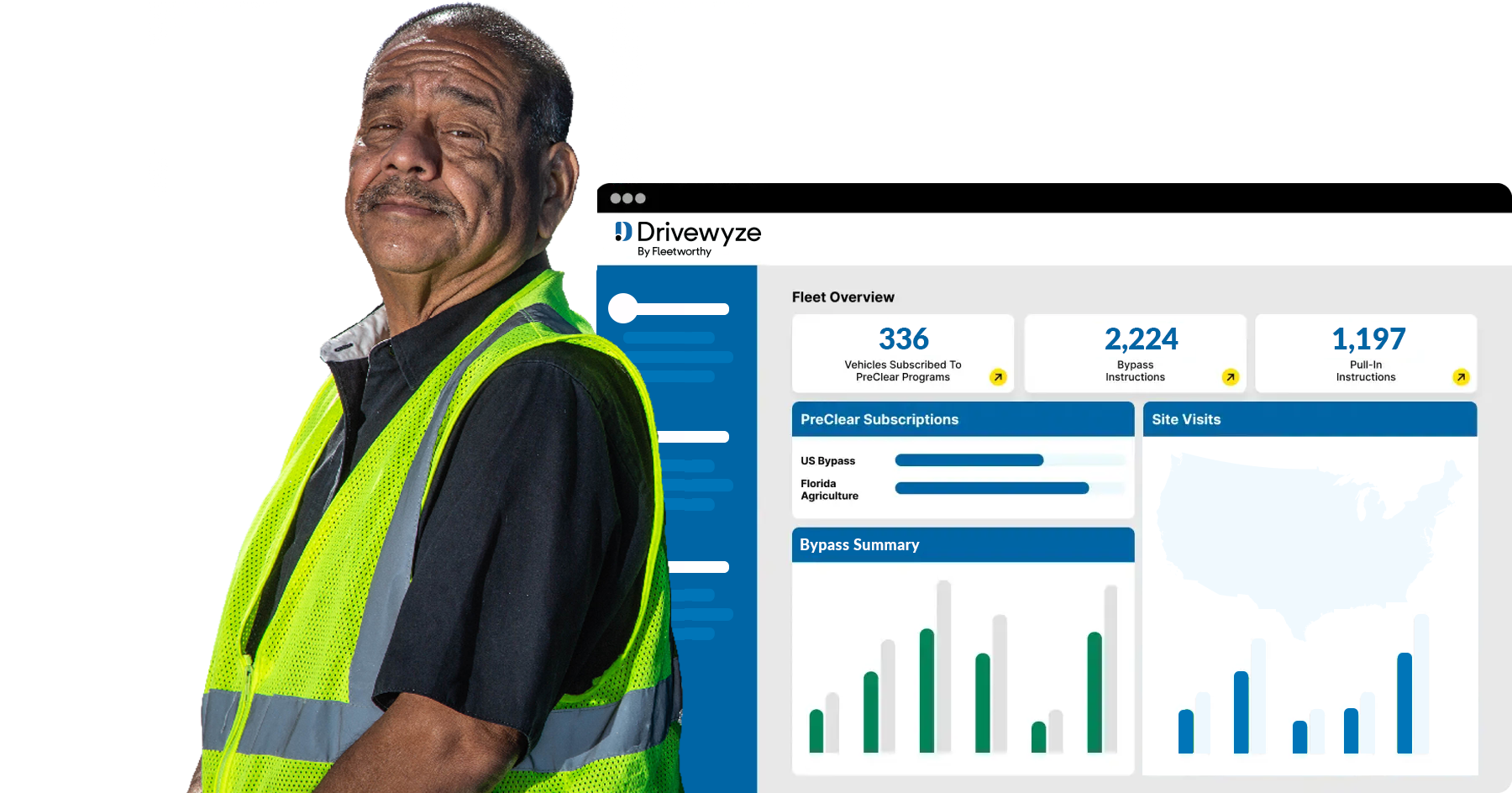You’ve probably heard of DTC codes, but what exactly are they, how do you interpret them, and why are they so important? We’ll explain everything to help you understand the ins and outs of DTC codes and how efficient diagnostics can save your fleet time, money, and a lot of headaches.
What Are DTC Codes?
DTCs, or Diagnostic Trouble Codes, are alphanumeric codes that pop up in a vehicle’s On-Board Diagnostic (OBD) system. In a nutshell, they’re like messengers that give drivers and fleet managers a heads-up about potential issues in the vehicle.
These generic codes are standardized for usage across all vehicle manufacturers, assigned by the Society of Automotive Engineers (SAE). You might come across codes related to emissions, powertrain, or even manufacturer-specific problems.
What Causes a DTC Code?
Whenever a problem occurs within a vehicle’s subsystem, the ECM or PCM will detect it — sometimes, well before the problem is known to the driver. However, you’ll need a scan tool or connected Electronic Logging Device (ELD) to send the codes in real-time to fleet managers. Doing this can help identify common problems such as issues with ignition systems, fuel systems, air metering, output circuits, idle control systems, and vehicle speed control.
It also helps pinpoint problems related to auxiliary emission controls and the vehicle’s onboard diagnostics system. When you know what each code means, they help identify issues quickly so you can get back on the road faster.
How Do I Find My DTC Code?
To keep your vehicle running smoothly, understanding different types of DTCs is a must. DTC codes seem a bit complicated, but upon closer inspection they are actually very simple to understand.
Essentially, each code consists of five characters. Here’s a breakdown:
First Character of DTC Code
The first DTC character tells you which system is affected. These are the potential characters:
- B code: This is for issues with the body.
- C code: This is for issues with the chassis (suspension, braking, steering, etc.).
- P code: This is for issues with the powertrain (fuel system, engine, drivetrain, transmission, etc).
- U code: This is for issues with the onboard computers and integration functions managed by the OBD.
Second Character of DTC Code
The second character indicates whether it’s a generic SAE international code or a special code that’s specific to the vehicle’s manufacturer.
- 0: The second character is typically a 0. All vehicles that follow the OBD-II international standard have a 0 as the second character.
- 1-9: If the second character is any number from 1-9, it’s generally best to contact the vehicle manufacturer for more information.
Third Character of DTC Code
Assuming the second character of the code is a 0, the third character indicates which subsystem is having issues.
- 0-2: Fuel and air metering issues
- 3: Ignition-related issues
- 4: Auxiliary emission controls
- 5: Vehicle speed control and idle control system issues
- 6: Computer-related issues
- 7-8: Transmission issues
Fourth Character & Fifth Character of DTC Code
These give greater detail, including specific circuit malfunctions, which control circuit range needs attention, certain pressure sensors, etc. There are characters from 0-99.
Common DTC Codes To Know
There are countless DTC codes, from high engine coolant temperatures to malfunctioning transmission range sensors. A few of the most common DTC codes include:
- P0300 – Random/Multiple Cylinder Misfire Detected
- P0171 – System Too Lean (Bank 1)
- P0174 – System Too Lean (Bank 2)
- P0442 – Evaporative Emission Control System Leak Detected (small leak)
- P0455 – Evaporative Emission Control System Leak Detected (gross leak)
- P0401 – Exhaust Gas Recirculation (EGR) Flow Insufficient Detected
Again, it’s important to understand the codes specific to your fleet so your team can work diligently to make repairs and limit downtime.
How Can Unchecked DTC Codes Affect Your Fleet?
DTCs really are the unsung heroes when it comes to keeping your vehicles in tip-top shape. If you catch them early, you can avoid expensive repairs and annoying downtime. But if you ignore them, that’s when the trouble starts: increased fuel usage, reduced performance, or even worse, damaged components. And nobody wants to fail an emission test because of unaddressed codes.
That’s where ELDs and telematics really shine. These nifty gadgets connect directly to a vehicle’s onboard diagnostics and keep an eye on fault codes in real-time. It’s like having a guardian angel for your fleet, giving you and your fleet managers all the info you need to make smart decisions about maintenance and potential problems.
Summary of DTC Codes
These codes are specially designed to help you quickly identify and fix any malfunctions in your trucks. Using our Drivewyze products and services can add great efficiency to your fleet. Ready to get started?

Ready to Get Started?
Learn how North America’s leading carriers use Drivewyze to save money and improve safety.





